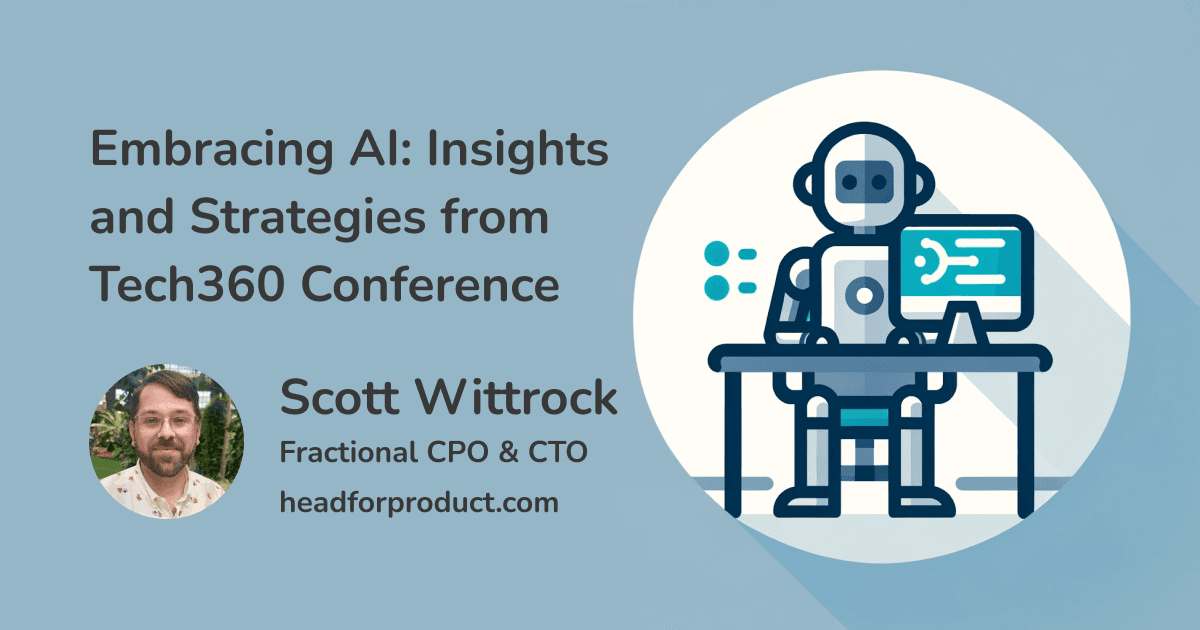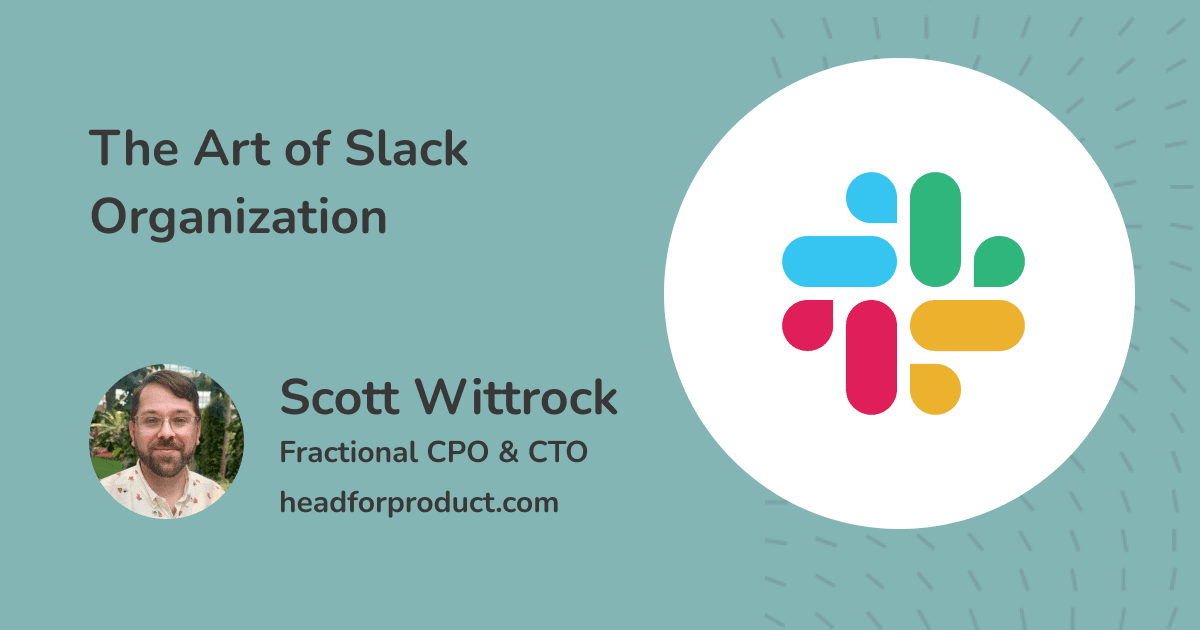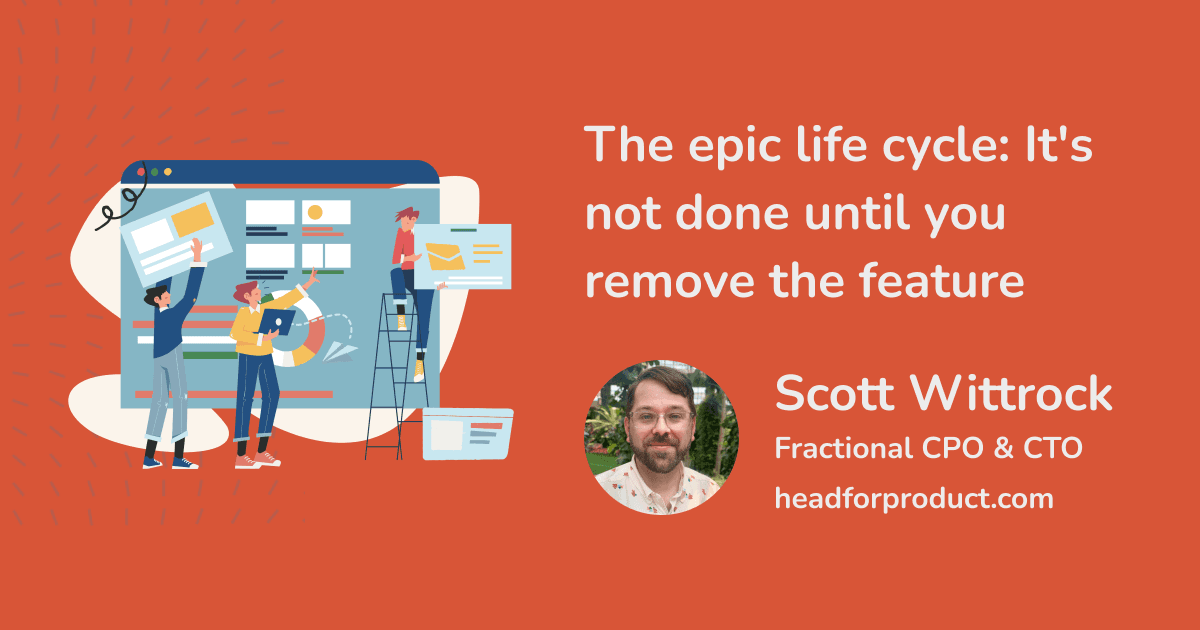Crafting Technical User Stories for APIs, Webhooks, and SDKs
Hey there, fellow product enthusiasts! Today, I want to dive into the art of creating essential technical user stories for developing products like APIs, webhooks, and SDKs. As someone deeply passionate about product management and agile software development, I've learned that success in these domains begins with precise and user-focused technical stories. So, let's roll up our sleeves and explore how to craft user stories that resonate with your technical team and end users.
The Power of Precise Technical User Stories
Precision is paramount in the world of APIs, webhooks, and SDKs. Unlike user-facing features, these elements often operate behind the scenes, making it challenging to tie them directly to end-user interactions. However, we should still pay attention to the user experience.
When crafting technical user stories, ensure each task connects to how a developer or system will interact with your product. Even though the connection may seem abstract, defining the user experience for those who will implement, integrate, or use your technical components is crucial.
The Significance of Testable Acceptance Criteria
One common pitfall in technical development is the need for clear acceptance criteria. This oversight can lead to ambiguity and hinder progress. As a product manager, you must ensure that every technical user story comes with testable acceptance criteria.
Feel free to challenge your technical team when they claim a task can't be tested. Instead, ask probing questions. Can we use tools like Postman to hit an endpoint? Can we record a video to demonstrate data persistence in the database? Can we walk through the automated tests in place? By incorporating precise, testable acceptance criteria, you improve the quality of your technical products and streamline your development process.
Developers Are Users Too
In the world of APIs, SDKs, and webhooks, your primary users are often developers. As a product manager, treating your developers as users is crucial. When building these technical components, collaboration with your technical team is critical.
Imagine you're leading a backend team creating a RESTful API that the frontend team will consume. In this scenario, your frontend developers are your primary users. Work closely with them to understand their needs. You might have to build a backend transformation layer to make data consumption easier or restructure your data to reduce RESTful calls. Remember, a seamless developer experience leads to a better end-user experience.
Perfecting Webhook Events
Webhooks are the lifeblood of real-time communication between systems. Crafting user stories for webhooks requires a deep understanding of the events that trigger them. Think of these events as the core of your application – user.updated, user.created, or any other meaningful event.
Consider the developer's perspective as they set up webhooks through a UI or directly if it's an internal service. Ensure that the UI is intuitive and straightforward, and remember to account for retry patterns because failures can happen. Getting the event right for webhooks ensures your system stays responsive and reliable.
Elevating Technical User Stories In conclusion, creating technical user stories for products like APIs, webhooks, and SDKs is a unique art that combines precision, collaboration, and a deep understanding of developer needs. By keeping the technical user experience in mind, using testable acceptance criteria, treating developers as users, and perfecting your webhook events, you'll navigate the world of technical product management with finesse. Happy crafting, my friends!



